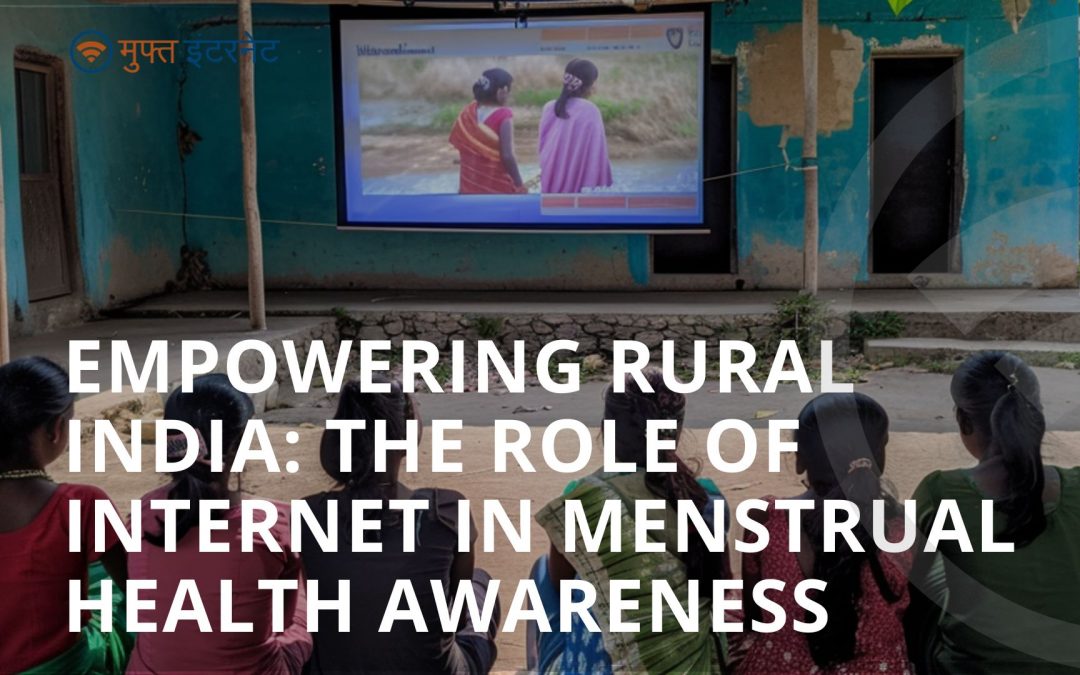
The Role of Internet in Menstrual Health Awareness in Rural India
In the heart of rural India, where traditional values and limited resources often define daily life, a quiet revolution will be brewing. The catalyst for this change won’t be a political move or big government change; it will be something simple yet powerful: the internet. With its unparalleled ability to disseminate information and connect individuals across vast distances, internet access will be transforming menstrual health education in these communities, breaking down barriers of stigma and misinformation that will have persisted for generations.
For centuries, menstrual health in rural India has been shrouded in myths and taboos. Women and girls have often lacked access to accurate information, sanitary products, and healthcare, leading to significant health issues and perpetuating cycles of ignorance and shame. Traditionally, menstrual health has been a topic confined to hushed conversations, if discussed at all. This silence has had severe repercussions: many girls have missed school during their periods, and women have faced health complications from inadequate menstrual hygiene practices.
The advent of internet connectivity in rural areas will be changing this narrative. This digital bridge will be empowering women and girls with the knowledge and tools they need to manage their menstrual health effectively and with dignity. One of the most significant impacts of internet access will be the availability of accurate, accessible information. Websites, social media platforms, and educational apps will provide comprehensive resources on menstrual health, from understanding the biological processes to managing symptoms and hygiene.
Moreover, the internet will facilitate the spread of personal stories and experiences, which will be profoundly empowering. Social media campaigns will encourage women to share their stories, creating a sense of community and solidarity. These narratives will help to normalize menstruation, reducing the stigma associated with it. When women and girls in rural areas see others openly discussing their experiences, it will validate their own and encourage them to seek out information and support.
Telehealth services, another boon of internet connectivity, will be making a significant difference as well. Through online consultations, women in rural areas will access medical advice without the need to travel long distances to often understaffed health clinics. This accessibility will ensure timely and accurate medical intervention, which will be crucial for addressing menstrual health issues that might otherwise go untreated.
Even as the reach of the internet broadens, hurdles may endure. Some areas will still grapple with spotty or non-existent connectivity. And then there’s the digital literacy gap—a formidable barrier. For internet-based learning to truly empower, it’s not just about having access but also about wielding it adeptly. Prioritizing digital literacy, particularly among women and girls, isn’t just essential; it’s the key to unlocking the true potential of internet access.
In today’s digital world, where information spreads fast and we can connect across the globe in an instant, it’s important to think about how this can change things for the better. Apart from learning about menstrual health, think about what other things might improve if everyone has access to knowledge and resources. Let’s imagine a future where everyone, no matter where they come from, has what they need to live healthy, informed, and confident lives.
